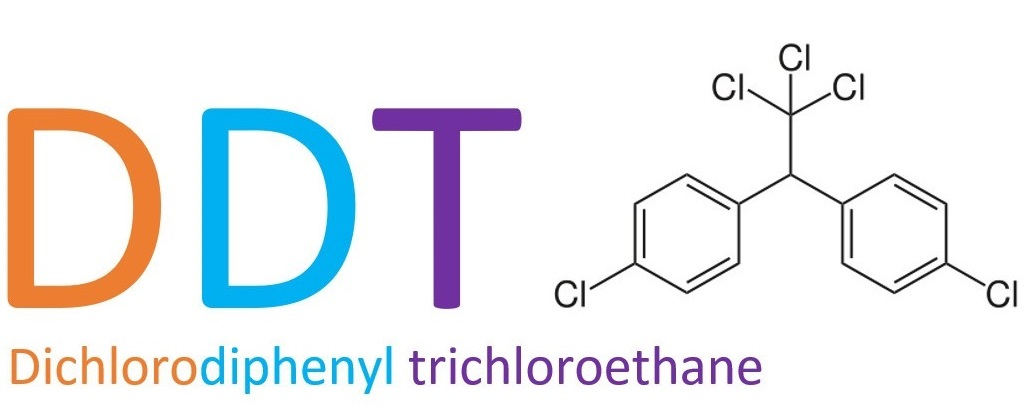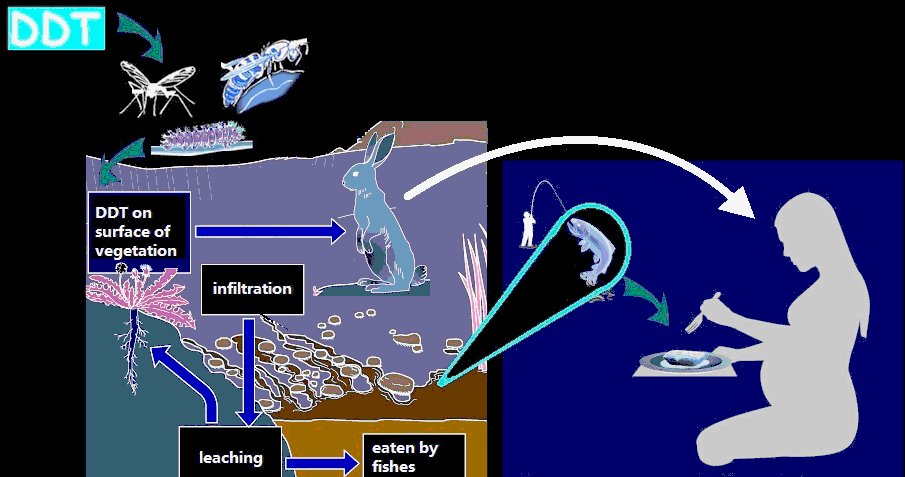Uses of DDT
Originally, DDT was developed as an insecticide and later on its use was suppressed due to its serious environmental implications. It has been formulated in the various forms including the solution in the xylene, emulsifiable concentrates, and the petroleum distillates, granules, smoke candles, aerosols, charges for the lotions, and vaporizers, and for the wettable powders.

DDT was also used for controlling the typhus, and malaria in troops and civilians. DDT also acts as a contact poison against the many arthropods. In the past, it was promoted by the industry and Government for use as household and agricultural pesticides. Later on, the results of experiments showed that the agricultural products, where DDT was applied were causing cancer and it was severely toxic to the wildlife, especially for the birds. Still, there is limited and controversial use in some countries for disease vector control due to its effectiveness in reducing malarial infections. Still, DDT is manufactured in India and it is its largest consumer in the world.
Environmental Effects of DDT
DDT is a highly polluting hazard, which s persistent in the environment and insoluble in the water. It is readily adsorbed to the sediments and the soils. Depending upon conditions, the half-life of DDT in the soil can range from 30 days to almost 30 years. In the predatory birds, DDT can bioaccumulate due to its lipophilic properties. DDT is moderately, toxic as it is class 2 insecticide. In the US it is banned since 1972. Low or moderate exposure to the DDT may cause diarrhea, nausea, irritation in the eyes, and the higher doses can cause the convulsions and tremors. It also causes the disruption of the endocrine system. The illegal use of DDT to the agricultural systems should be controlled as it is having serious environmental concerns.

DDT exerts the devastating effects on the aquatic organisms. It has low solubility so its rate of bioaccumulation is greater in the water, so, it poses the long-term threats to aquatic life. It also exerts negative effects on all kinds of wildlife, and due to its slow decaying rate, it can easily proliferate to the entire life web and through the food chain, it reaches to the bodies of human beings. DDT and the products after its breakdown are transported from the warmer places to the Arctic, by the global distillation, where they are accumulated in the regions of the food web.
